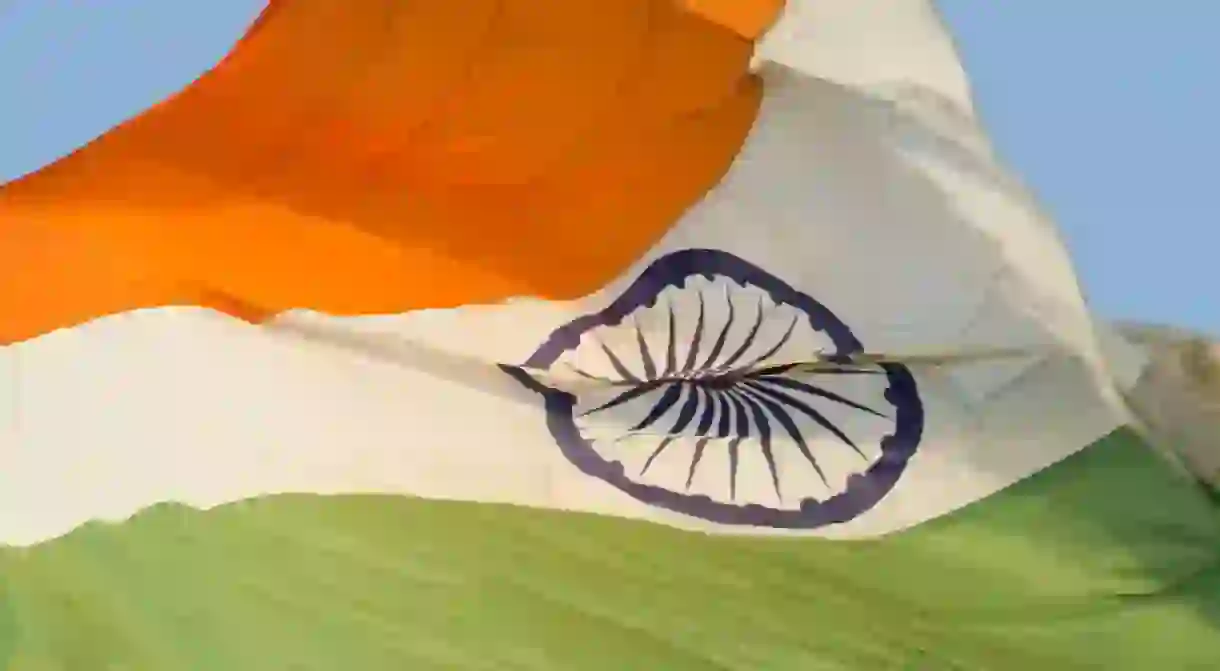The One Thing All Indians Are Proud of

Every region of India has something that its people are immensely proud of. If Tamil Nadu‘s got its language, West Bengal has its mishti and pujo. While Delhiites would never give up on their historic monuments, the people of Rajasthan find unparalleled natural beauty in their sprawling desert. From the snow-capped peaks of Kashmir to the majestic lions of Gujarat, this list is as large as there are regions in India. So, it is only obvious that picking just one from these many wonders for all Indians to be proud of would be a disservice to others. But if one had to do it, the contender would have to touch every region of India and affect every section of this country’s 1.3 billion-strong population. And fortunately, there’s only one such contender possible—the Indian Railways!
India’s nervous system
According to statistics, the Indian Railways ferried a record 8.42 billion people from 2012-13. That’s 800 million more than the entire population of the world, and going by the number of passengers, that makes the Indian Railways the largest on the planet! With 115,000 kilometers of track length, 12,617 trains, and 23 million people ferried every day, the Indian Railways aren’t just a mode of transport in India, they’re the country’s lifeline. But there’s a lot more to this maze-like network of transport than just numbers. Its history is deeply embedded in the country’s development story too.

Indian Railways – a history
Railways first came to India during the 1830s as a means for moving goods for the British East India Company. However, it would take twenty more years for trains to carry people in India. On April 16, 1853, the first train to ever carry passengers in India made its first journey from Bori Bunder (Bombay) to Thane. It took three steam locomotives to pull the 14 carriage train carrying 400 people across the 34-kilometer stretch. Now in its 165th year of operation, the passenger railway network of India today accounts for nearly 15 percent of all public transport in the country.

A system worthy of every Indian’s pride
A train journey in India is a lot more than just a transit, it’s an experience that changes with every route. Head to the hills in Darjeeling or Ooty and the still functioning toy-trains will take you on a journey through time. Head to Mumbai’s CST and you will witness a daily pilgrimage that rivals even the Kumbh Mela! Board the exquisite Maharajas Express and it will redefine your definition of luxury—the list of unlikely experiences you can have on a train in India is endless. In fact, apart from its functionality, the Indian Railways have also given rise to several heritage structures, including four UNESCO World Heritage Sites in the Darjeeling-Himalayan Railways, Nilgiri Railways, the CST Station in Mumbai, and the Kalka-Shimla Railways.

Its cash-strapped management, the legendary slow speed of IRCTC online booking facility, and littered stations make sure that everyone has something to complain about the railways in India. However, the fact that the country will come to a standstill should the railways stop functioning even for a day is not lost on anybody. The slick coaches, air-conditioned interiors, and cushioned seats on most railways in the developed world make sure that the passengers forget the fact that they are even traveling. On the Indian Railways, however, no journey is ever forgotten and every Indian who’s traveled in an Indian train even once surely feels the weight of this enterprise and takes pride in being part of this great human exercise that sets and breaks a world record every day!













